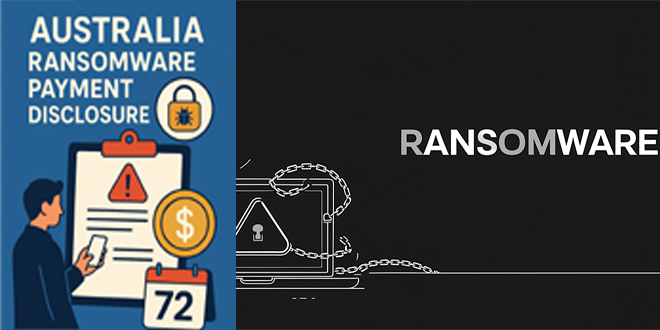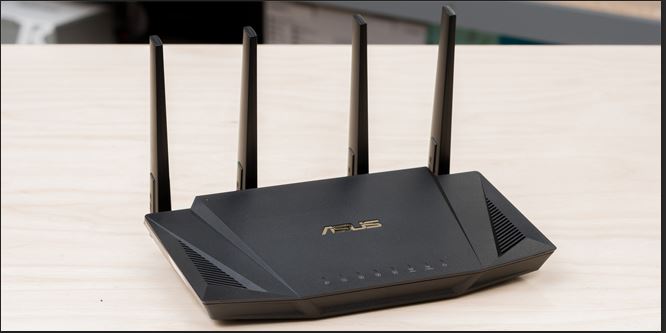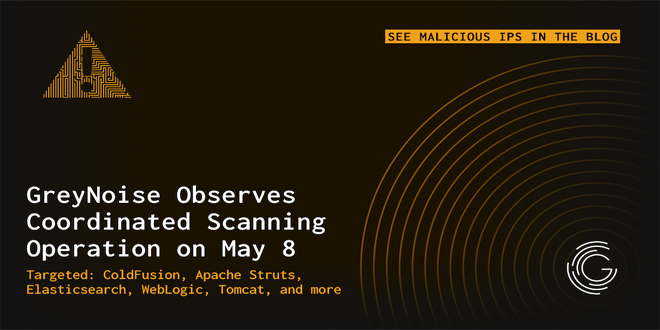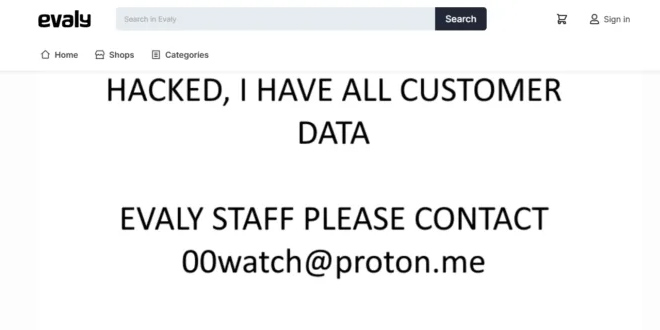The “Antidot” Android Banking Trojan pretends to be a Google Play update app and targets Android users in different regions. It uses VNC and overlay techniques to steal credentials.
Cyble Research and Intelligence Labs (CRIL) found that the new Android Banking Trojan, called “Antidot,” pretends to be a Google Play update app and can target many different people. It has harmful features like overlay attacks and keylogging to get sensitive information. Antidot communicates with a server to get commands and can do things like collect SMS messages, make USSD requests, and control device features like the camera. It can also use VNC to control infected devices.
By infosecbulletin
/ Sunday , June 1 2025
A hacker known as "303" claim to breach the company's systems and leaked sensitive internal data on a dark web...
Read More
By infosecbulletin
/ Sunday , June 1 2025
CISA and ACSC issued new guidance this week on how to procure, implement, and maintain SIEM and SOAR platforms. SIEM...
Read More
By infosecbulletin
/ Saturday , May 31 2025
The Qualys Threat Research Unit (TRU) found two local information-disclosure vulnerabilities in Apport and systemd-coredump. Both issues are race-condition vulnerabilities....
Read More
By infosecbulletin
/ Saturday , May 31 2025
New ransomware payment reporting rules take effect in Australia yesterday (May 30) for all organisations with an annual turnover of...
Read More
By infosecbulletin
/ Saturday , May 31 2025
Global makers of surveillance gear have clashed with Indian regulators in recent weeks over contentious new security rules that require...
Read More
By infosecbulletin
/ Thursday , May 29 2025
GreyNoise has discovered a campaign where attackers have gained unauthorized access to thousands of internet-exposed ASUS routers. This seems to...
Read More
By infosecbulletin
/ Wednesday , May 28 2025
The rise of online gambling in the country is leading to increased crime and societal issues. In response, the central...
Read More
By infosecbulletin
/ Wednesday , May 28 2025
Cybersecurity researchers recently revealed a coordinated cloud-based scanning attack that targeted 75 different exposure points earlier this month. On May...
Read More
By infosecbulletin
/ Monday , May 26 2025
Recent security research has shown that attackers can weaken zero-trust security frameworks by exploiting a key DNS vulnerability, disrupting automated...
Read More
By infosecbulletin
/ Saturday , May 24 2025
Evaly, a Bangladeshi e-commerce platform, is reportedly facing a major data breach that may have exposed sensitive information of around...
Read More
Cyble Research and Intelligence Labs (CRIL) published an analysis of an Android Banking Trojan called Brokewell. It was created by malware developer Baron Samedit and can take control of devices previously.
Now, CRIL found a new Android Banking Trojan called “Antidot,” first seen on May 6, 2024. This Trojan uses overlay attacks to steal credentials. Click here to read out the full report.
 InfoSecBulletin Cybersecurity for mankind
InfoSecBulletin Cybersecurity for mankind














